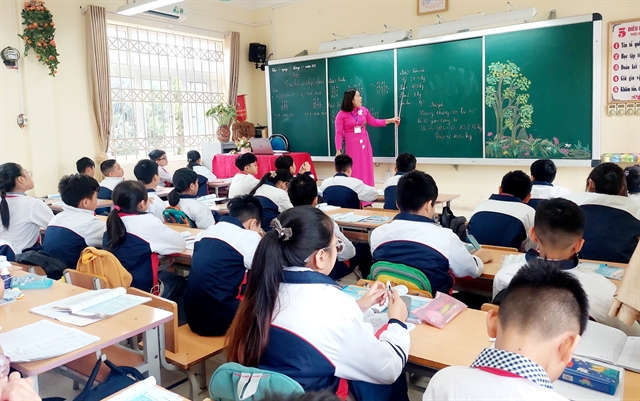
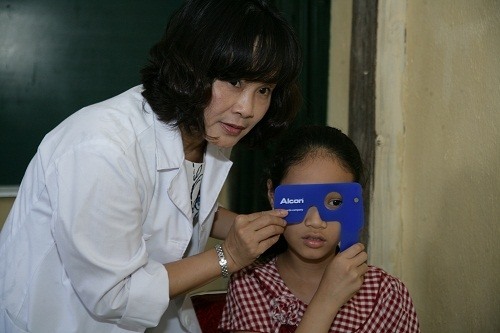 |
| A doctor of Bạch Mai Hospital tests a child’s eyesight. - Photo nhandan.com.vn |
HÀ NỘI – More than 40 per cent of students aged from 7 to 13 in big cities such as Hà Nội and HCM City suffer from eye defects, with short-sightedness accounting for two-thirds of cases, according to health sector statistics.
Lê Việt Sơn, head of Bạch Mai Hospital’s Ophthalmology Department, said the main cause was insufficient light or wrong posture when learning, an increase in the use of computers and television and a long school day with little time for outdoor activities.
Long learning hours, reading and playing games online caused an increase in eye-related defects, Sơn said.
Hà Nội Eye Hospital was very crowded on Saturday because a lot of children came here for eyesight tests and treatment, the Kinh tế & Đô thị (Economic & Urban Affairs) newspaper quoted Nguyễn Thanh Nga, a mother of an 11-year-old-child, as saying.
Most of them were diagnosed with short-sightedness, Nga said.
Hoàng Mỹ Hạnh, an optician at a shop in Tôn Thất Tùng Street, said the number of children coming to the shop increased sharply during the holidays, particularly in summer.
Sơn also said many families only take their kids to hospitals when they have suffered from short-sightedness for a long time
“I’m so busy and forgot to take my daughter to see the doctor earlier so now he suffers from serious short-sightedness,” Nguyễn Anh Tuấn, a father of an eighth-grade student, said.
Meanwhile, parents’ knowledge of eye defects is limited and in many cases they misunderstand optical diseases, Sơn added.
Võ Thị Quế from Hà Nội’s Phú Xuyên District, a mother of a ten-year-old child, said her child suffered from short-sightedness but does not wear glasses.
She planned to take him to see a doctor in Bắc Ninh Province for eye treatment using acupuncture, the newspaper reported.
Many families also took their children to optical shops to check eyesight and buy glasses, despite the shops not necessarily employing qualified doctors or selling quality glasses, Sơn said.
To protect children’s eyesight, Sơn said parents should let their kids play outdoors as much as possible along with limitations on reading and use of electronic devices.
Children also need to have eye tests twice a year or when they show signs of poor eyesight. — VNS
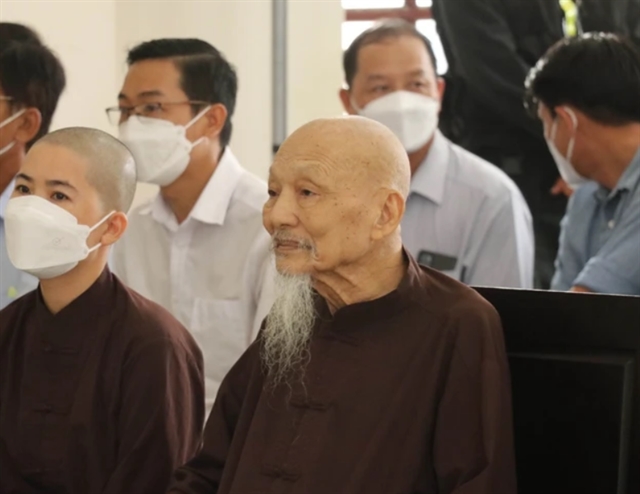

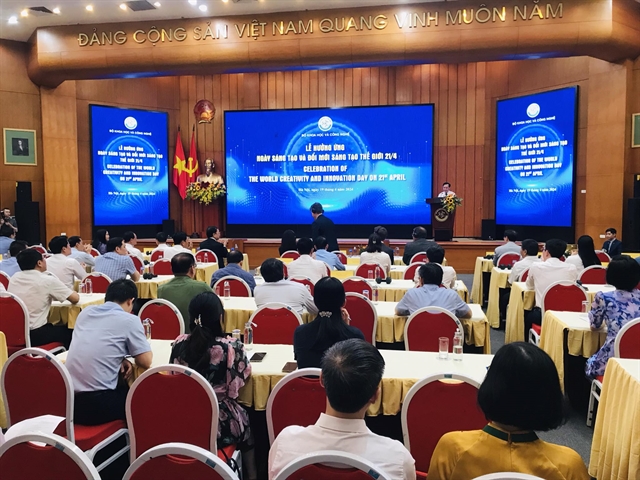




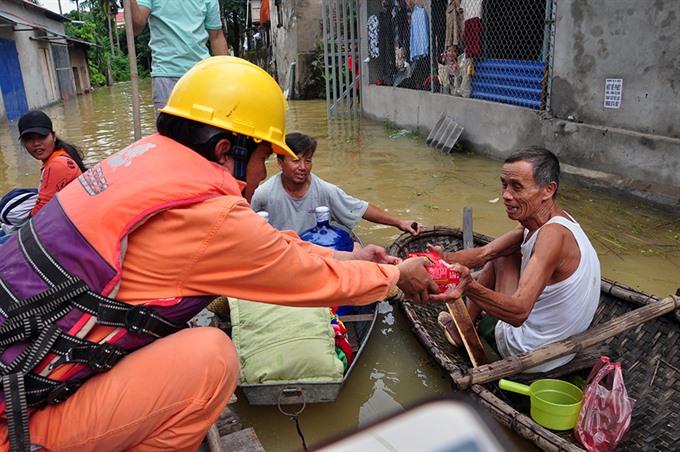

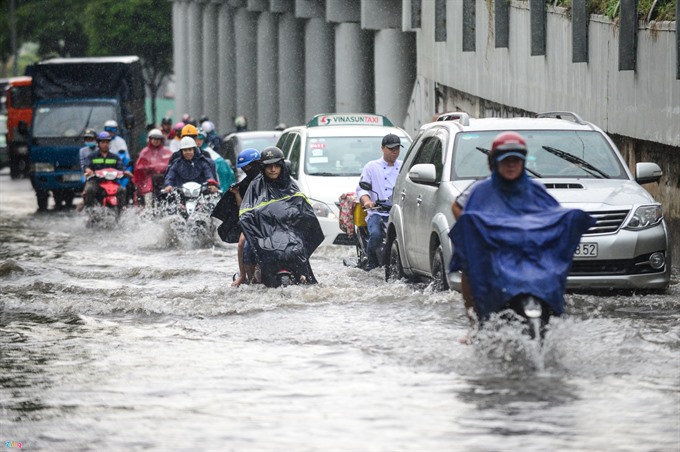
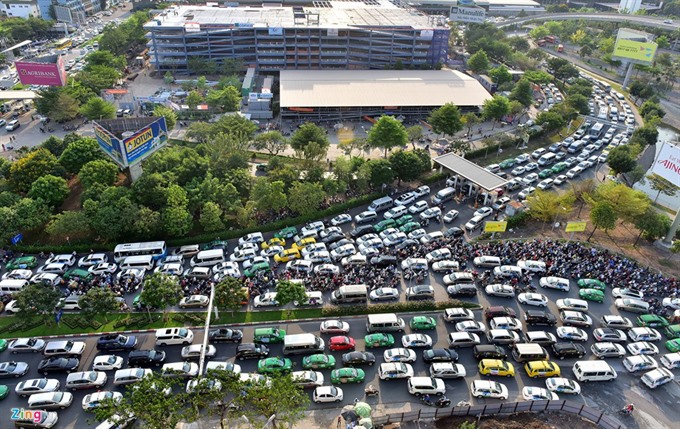

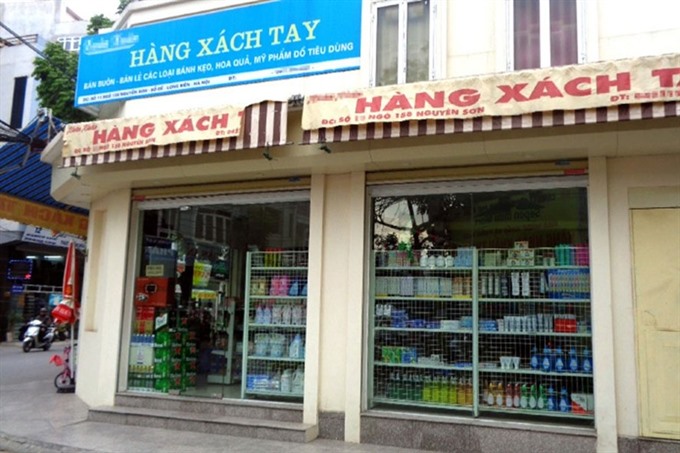


.jpg)









